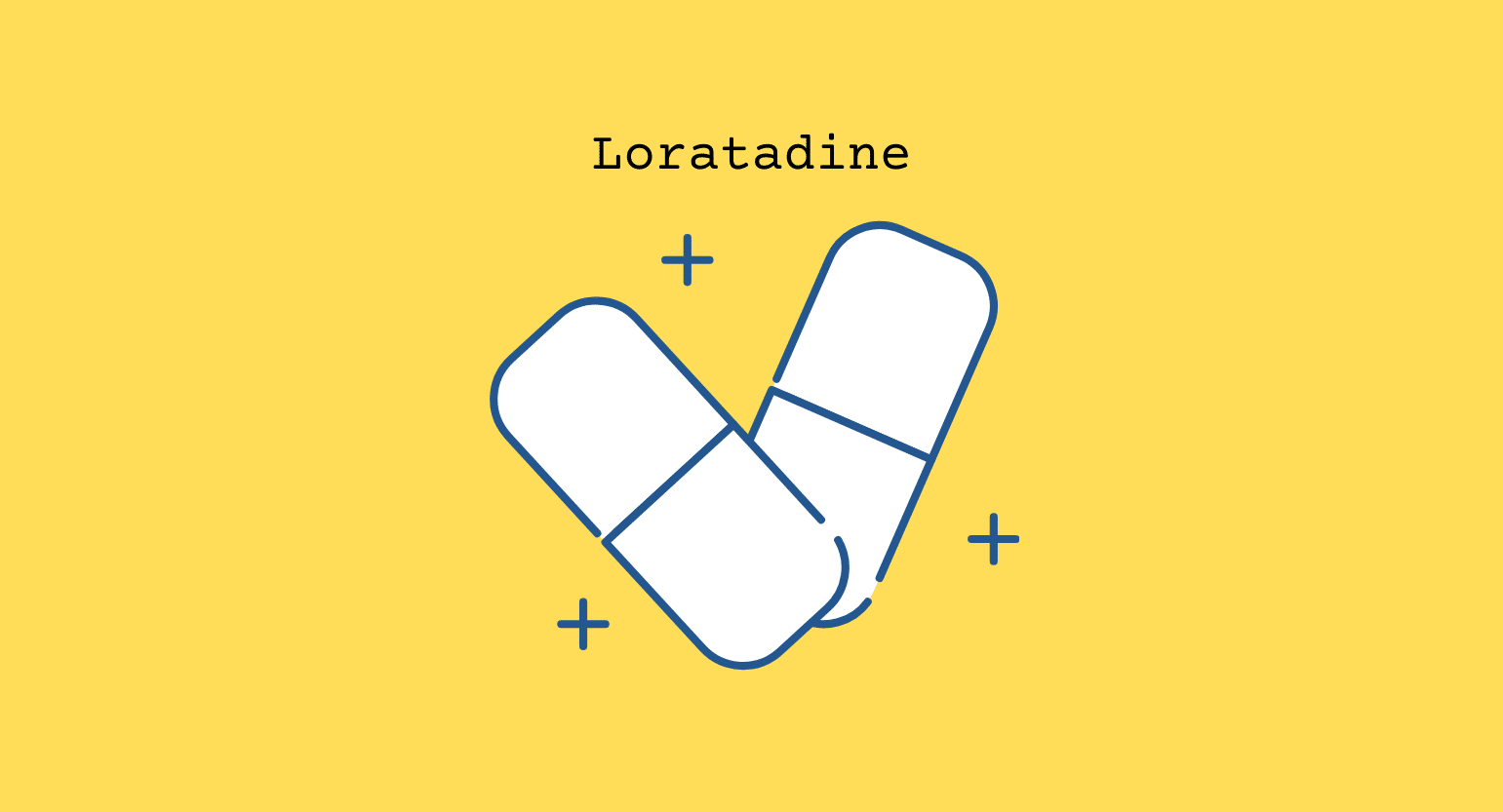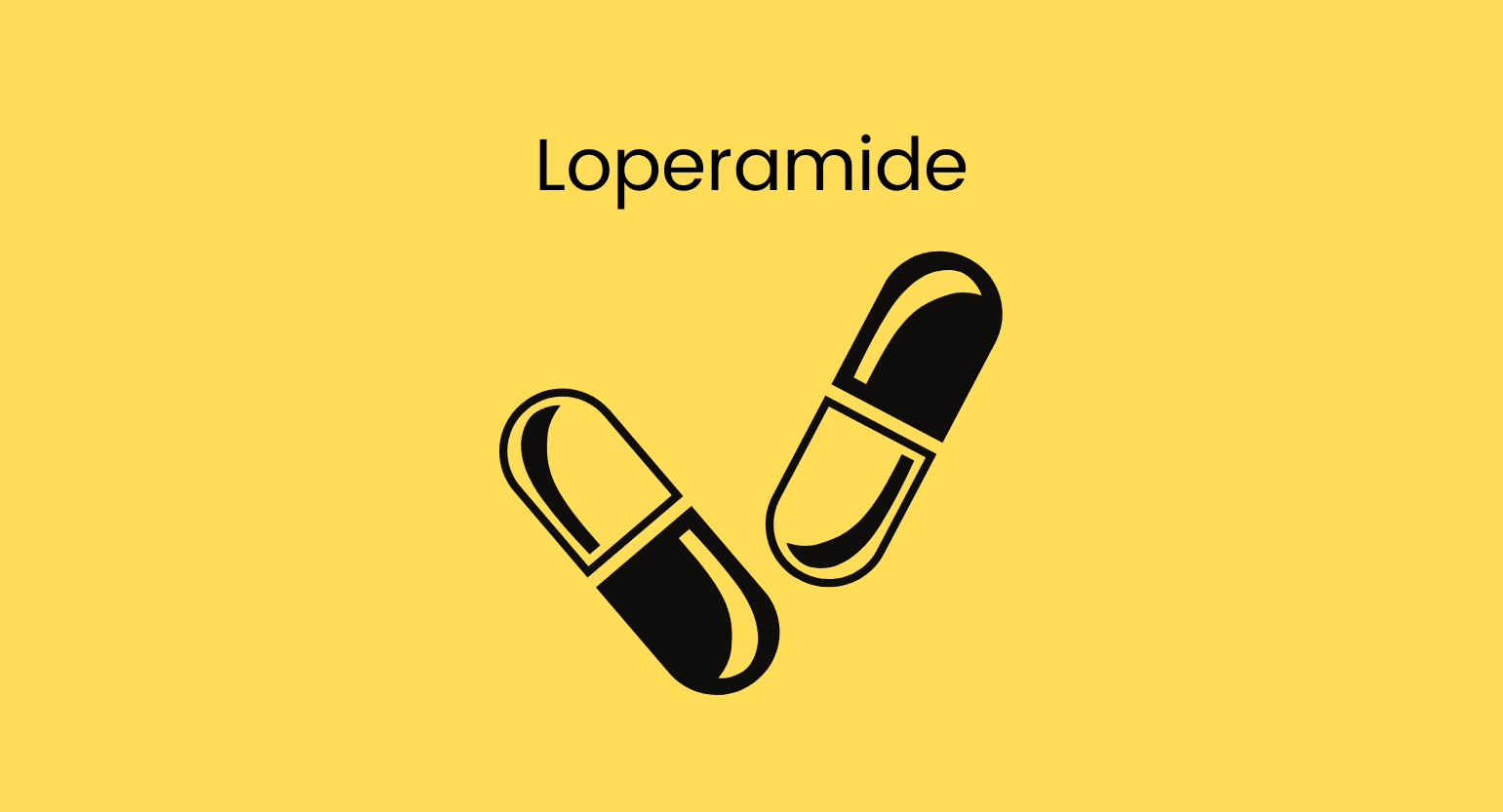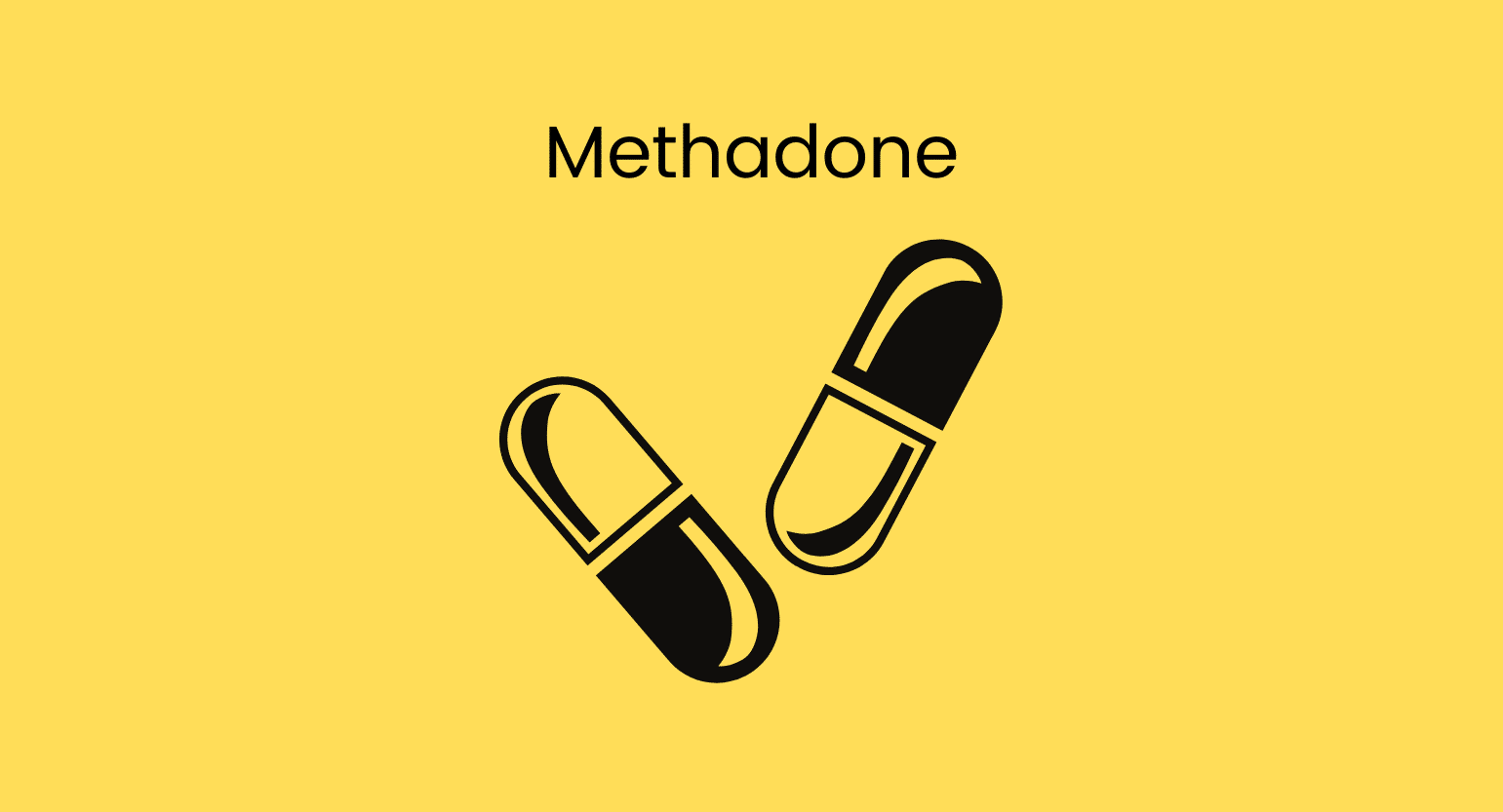Does Kratom Interact With Piracetam?
Kratom and piracetam do not seem to interact with each other. Both compounds are classified as nootropics but don’t have an agonistic interaction (their effects don’t add up), nor do they act as metabolic competitors.
Agonistic interactions are common between drugs with similar effects and mechanisms of action. For instance, mixing kratom with diamorphine is dangerous since both compounds target opioid receptors in the central nervous system. Agonistic medications potentiate each other’s effects and increase the incidence of adverse effects.
However, this effect is far less pronounced with nootropic drugs. Piracetam and kratom are not agonists.
At the metabolic level, kratom and piracetam don’t interact. From what we know, piracetam has no primary metabolism process. 80-100% of the drug is excreted unchanged through the urine [1].
In other words, taking piracetam and kratom together won’t affect the drugs’ metabolism and clearance. Kratom and piracetam are not metabolic competitors.
Is it Safe to Take Kratom With Piracetam?
Taking kratom and piracetam together should not cause any significant trouble.
However, these compounds have not been extensively studied, and both still have individual side effects that you always have to consider.
The best strategy for avoiding unwanted side effects is to consume these drugs in minor to mid-size doses and avoid taking them simultaneously. Consult your doctor for more guidance.

What is Piracetam?
Piracetam is a racetam drug cataloged as a “nootropic” —an agent that acts on cognitive function without causing sedation or stimulation.
It is a derivative of the neurotransmitter γ-aminobutyric acid (GABA), marketed in 1971 by UCB Pharma. Piracetam has neuroprotective and anticonvulsant properties beneficial for dementia, cognitive disorders, dyslexia, and vertigo. There’s also evidence that piracetam can improve neuroplasticity [2].
Piracetam is sold as a medication in certain European countries but has not received any FDA approval for medical indications in the United States. Although the FDA does not regulate it, buying piracetam in the US is legal.
Piracetam Specs
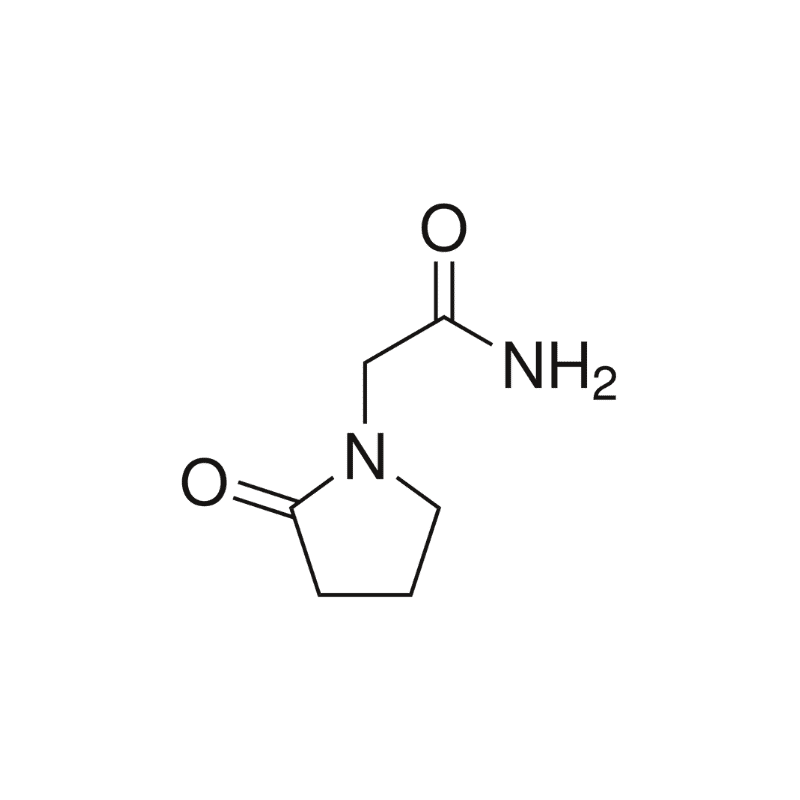
| Drug Name | Piracetam |
| Trade Name | Dinagen, Nootropil, Myocalm |
| Classification | Racetam |
| CYP Metabolism | Not CYP mediated |
| Interaction With Kratom | None |
| Risk of Interaction | Low |
What is Piracetam Used for?
The medical evidence for piracetam’s usefulness is contradictory in many cases, but there are some promising results.
As a nootropic, a solid body of research indicates that piracetam can improve mental function in cognitive processes such as learning and memory [3]. Evidence suggests that piracetam has antithrombotic, neuroprotective, and rheological benefits [4].
Some research also claims that piracetam is effective at helping patients with dementia or cognitive problems. However, a study done by Cochrane concluded that there is not enough evidence to support this conclusion [5].
Evidence supports piracetam’s ability to treat specific aspects of other ailments, such as cardiovascular disease, vasoconstriction, vertigo [6], and depression [2].
Generic & Brand Name Versions
Piracetam can be found under the following brand names:
- Dinagen
- Myocalm
- Nootropil
- Qropi
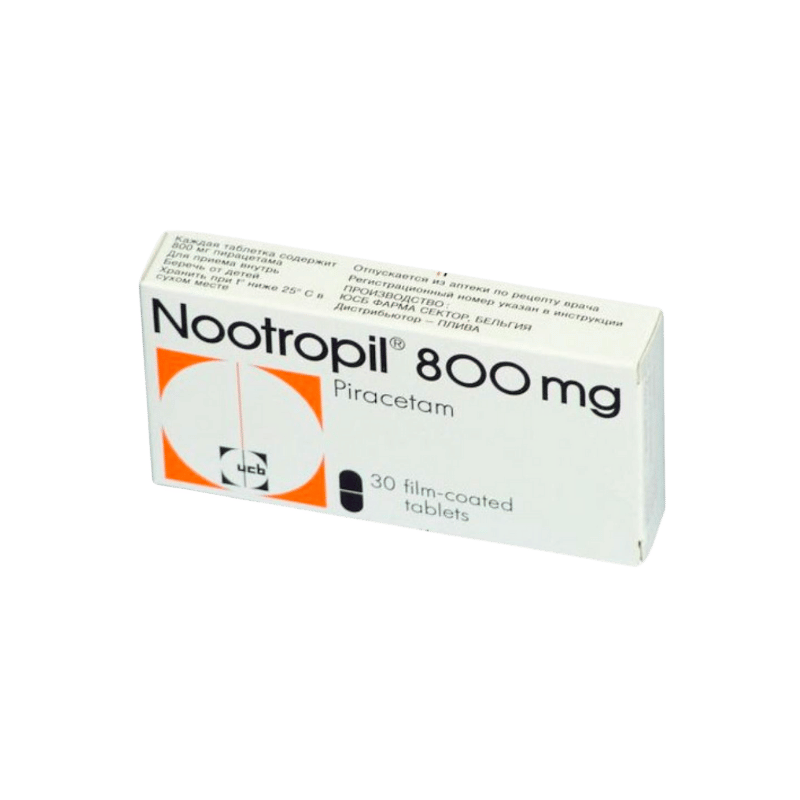
What’s the Dose of Piracetam?
The proper dosage of piracetam will vary based on several factors, including the ailment being treated and the user’s weight, metabolism rate, and health state.
The recommended dosage for piracetam is as follows [7]:
Adults:
- For surgery to improve blood flow to the heart (CABG surgery): Piracetam 12 g daily for six weeks, starting on day six after surgery.
- For seizure disorder (epilepsy): Piracetam 9.6-24 g daily for up to 18 months.
- For a movement disorder often caused by antipsychotic drugs (tardive dyskinesia): Piracetam 2.4 g twice daily for four weeks.
- For vertigo: Piracetam 800 mg three times daily for 1-8 weeks.
Children:
- For breath-holding attacks: Piracetam 40 mg/kg daily for 2-3 months in children 6-36 months.
- For dyslexia: Piracetam is 3.3 g daily for at least 12 weeks in children aged 7-14.
What Are the Side Effects of Piracetam?
Taking piracetam can cause the following adverse effects [8]:
- Agitation
- Anxiety
- Clinical depression
- Headache
- Hyperkinesia
- Increased libido
- Insomnia
- Irritability
- Nervousness
- Somnolence
- Tremor
- Weakness
- Weight gain
Additionally, it is common for users to report no apparent improvement in cognitive function after taking piracetam.

What is Kratom?
Mitragyna speciosa — commonly known as kratom — is a psychoactive plant with many beneficial properties. It grows plentifully in Southeast Asia —mainly Vietnam, Indonesia, Thailand, and Malaysia —where it’s been a staple in traditional medicine.
Kratom’s benefits derive from the plant-based alkaloids it contains. Alkaloids are a class of naturally-occurring compounds that often have pharmacological effects. Two in particular play a huge role in kratom’s effects: mitragynine and 7-hydroxymitragynine.
It took a while to catch on, but now kratom is quite popular in the United States and the rest of the western world; however, there’s still a lot of doubt about what it is and its uses.
Unfortunately, the FDA is targeting kratom for legislation. Nevertheless, the kratom community in the United States is strong. It’s even backed by influential organizations like the American Kratom Association, which helps fight for kratom to remain legal.

What is Kratom Used for?
Kratom has a vast spectrum of uses.
When consumed in low doses, kratom acts as a stimulant and can produce powerful cognitive benefits, just like coffee and the coca leaf!
Small amounts provide feelings of euphoria and promote mental and physical energy.
However, the larger the amount, the more sedative the effects become. At high doses, kratom is a potent analgesic and provides anti-anxiety benefits.
To summarize, kratom can help with the following, but the effects depend on how much you take:
- Anxiety and mood disorders
- Arthritis pain
- Benzodiazepine withdrawal symptoms
- Boosts energy and focus
- Chronic pain
- Depression
- Fibromyalgia
- Insomnia and sleep disorders
- Provides euphoric feelings
- Psoriatic arthritis
- Opioid withdrawal syndrome
- Weight-loss

What’s the Dose of Kratom?
You’ll have to experiment a little to find what’s right for you, but it’s always best to start low and work your way up; no sense in taking more than you need. Still, it’s good to have a general idea of a low or high amount.
Here are the generalized kratom dosages:
- Low dose (1–5 g): this range best promotes kratom’s stimulant, mind-based effects.
- Medium dose (5–10 g): analgesic and anxiolytic properties become more evident.
- High dose (10–12 g): heavy doses are best for sedative, analgesic, and anxiolytic effects. Do not consume this amount of kratom if you’re unsure how your body will handle it.
As you can see, it’s pretty essential to have a solid grasp of the amount of dosing if you want to control what effects you feel.
Remember to be mindful of how your body reacts to kratom; you might be sensitive to it.
Related: What Does Kratom Feel Like?

What Are the Side Effects of Kratom?
Kratom, like all drugs, has its fair share of side effects:
- Constipation
- Diarrhea
- Dizziness
- Headaches
- Heart palpitations
- Insomnia
- Nausea
- Itchiness
- Loss of muscle coordination
The following are far less common but something to watch out for — these generally mean you took too much or need a long break.
- High or low blood pressure
- Low libido
- Poor appetite
- Seizures
- Tremors
Kratom can also cause mental and physical dependence. Symptoms of kratom withdrawal are less intense when compared to pharmacological drugs like benzodiazepines or opiate painkillers.
Make sure to become familiar with the dangers of kratom use and consult your doctor before self-prescribing any supplement or medication.

What Are the Different Types of Kratom?
Kratom comes in many different strains —green, red, yellow, white, and gold.
So what does this mean for you? You get variety and a chance to meet many needs with one plant. Essentially, all of kratom’s strains share basic properties. However, the alkaloid content in these strains means each one acts differently.
Some kratom strains are better for pain but could make you feel tired, while others will get you moving but won’t offer much pain relief.

White Vein Kratom
If you want to replace their morning dose of coffee with something a little more energetic — try white vein kratom.
These strains are associated with the stimulating, nootropic benefits you can generally produce with a low dose.

Red Vein Kratom
Red vein kratom is extremely popular with those suffering from chronic pain or anxiety. This is because red-veined kratom strains are known to be relaxing and more potent pain-relievers.

Green Vein Kratom
Green vein kratom exists in the middle of the kratom spectrum. This strain doesn’t emphasize the specific benefits of kratom; it promotes all of them. If you don’t need substantial pain relief or energy, green strains are usually the way to go.

Yellow Vein Kratom
Yellow vein kratom is probably the least remarkable out of all the kratom strains — tough, we know.
The yellow veins have no distinguishing features except that they are the mildest of all the strains. Besides that, users often report it’s similar to green vein kratom.
Yellow vein kratom is popular with first-timers and those sensitive to kratom.
Key Takeaways: Is it Safe to Mix Kratom & Piracetam?
In conclusion, mixing kratom and piracetam probably won’t cause any harm, but it requires care and awareness. There’s little information on both, so be careful and consult your doctor before you take any step.
One concern is that since piracetam is unregulated in many countries, most people will attempt to self-administer it, which could lead to inaccurate dosing.
If you’re determined to use piracetam as a nootropic or for medical applications, consult a doctor before starting it. If you cannot, use careful research to determine the proper dosage for your specific treatment goals.
- National Center for Biotechnology Information (2022). PubChem Compound Summary for CID 4843, Piracetam. Retrieved December 12, 2022 from https://pubchem.ncbi.nlm.nih.gov/compound/Piracetam.
- Winblad, B. (2005). Piracetam: a review of pharmacological properties and clinical uses. CNS drug reviews, 11(2), 169-182.
- Vernon, M. W., & Sorkin, E. M. (1991). Piracetam. Drugs & Aging, 1(1), 17-35.
- Winnicka, K., Tomasiak, M., & Bielawska, A. (2005). Piracetam-an old drug with novel properties. Acta Pol Pharm, 62(5), 405-409.
- Flicker, L., & Evans, J. G. (2004). Piracetam for dementia or cognitive impairment. Cochrane Database of Systematic Reviews, (1).
- Malykh, A. G., & Sadaie, M. R. (2010). Piracetam and piracetam-like drugs. Drugs, 70(3), 287-312.
- De Reuck, J., & Van Vleymen, B. (1999). The clinical safety of high-dose piracetam-its use in the treatment of acute stroke. Pharmacopsychiatry, 32(S 1), 33-37.
- Chouinard, G., Annable, L., Ross-Chouinard, A., Olivier, M., & Fontaine, F. (1983). Piracetam in elderly psychiatric patients with mild diffuse cerebral impairment. Psychopharmacology, 81(2), 100-106.





